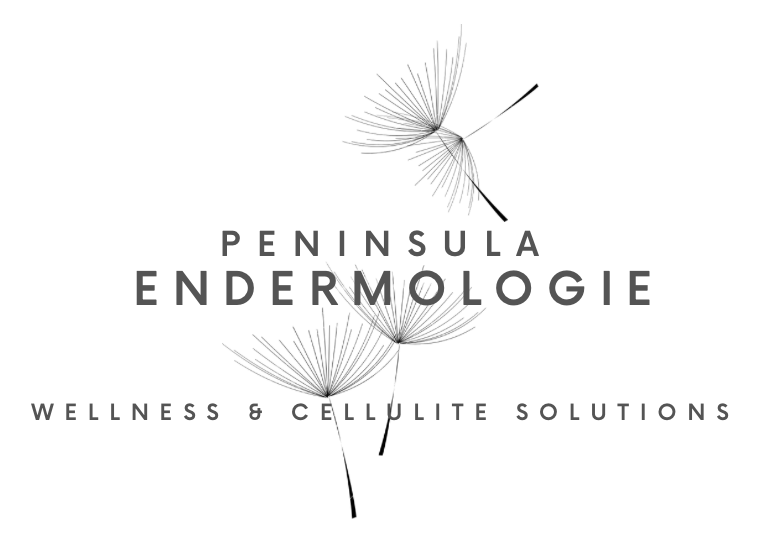Ask questions before you shell out!
 Are you being conned by the latest beauty trend?
Are you being conned by the latest beauty trend?
LED facials. They’re all over Groupon and every local beauty salon is adding it to its arsenal. So are they really all they’re cracked up to be? Well, it depends.
Firstly, any facial needs to be tailored to the individual. Although our skin stricture is more or less the same depending on sex and age etc, many of us have different skin concerns. Many teens/young adults will be worried about the effects that changes to their hormones are having on their skin, with problems like excess oiliness and acne, whilst those over 35 years might be more concerned about the appearance of lines and wrinkles and worsening skin tone. So the most important thing when choosing a facial, is to make sure your therapist takes the time to figure out what’s going on with your skin and suggest the most appropriate treatment.
Now, this is where it gets tricky. Most beauty salons are set up to offer a ‘menu’ of treatments and it’s up to the Client to request one they think will suit them. And in my experience, apart from the cleanse (or “double cleanse” that’s become so popular these days) exfoliate and tone, any add-on treatments are sometimes poorly researched and let’s face it, quite often thrown in to make an extra few bucks. LED facials seem like the ultimate solution. They offer a range of options to suit most skin concerns and require zero input from the therapist. Win-win right? Sure, if you’re getting a bona fide LED treatment. But here’s the catch, many salons use cheap, below par LED equipment that’s really not going to make a blind bit of difference to your skin.
So how do you tell if your LED facial is worth the money you’re paying for it? Firtsly, do your research. Ask straight up what type of LED lamp is being used. If you don’t hear a brand name, that’s a good indicator that it’s a cheapy job purchased off ebay for $60. Now, I’m not saying that after continued use you won’t see a slight difference in your skin with a $60 LED lamp, (although there’s no clinical evidence, there are plenty of testimonials from at-home users who love them) but wouldn’t you rather have one at home that you could use a couple of times a week (if indicated) rather than pay the salon the cost of the mask over and over again?
If you really want to see results with a LED treatment, here’s what you need to know. Firstly, LED means Light Emitting Diodes. It’s an electrical semiconductor that creates a light when an electrical current is passed through it. These lights ‘travel’ on different wavelengths and are categorized by different colours. If your skin therapist doesn’t know this, then perhaps you need to look for a new therapist? Even though it’s relatively low-risk, if your therapist doesn’t know the ‘how’s?’ or ‘why’s?’ then they’re in the wrong business!
The most commonly used colours for LED treatments to skin are red and blue. Red is used to promote collagen production and therefore boost skin tone and diminish wrinkles. Blue is used to kill off acne-causing bacteria and therefore assist with reducing acne. (P.S. It also whitens teeth)! Then there’s also purple (cell rejuvenation), cyan (skin soothing), green (evens the skin tone), yellow (reduces redness) and orange (revitalizes the skin).
Secondly, a good, clinically proven LED lamp will cost upwards of $6,000, so most bargain-basement salons won’t have forked out that much unless they specialize in quality skincare and really care about delivering results for their clients. In this case, it really is true that you get what you pay for! A professional-quality LED lamp will have the ability to specify a specific wavelength of light to target the skin condition to be treated. And the therapist using it should be trained in each indication and be able to advise you on the best protocol for your skin. For example, with a blue light treatment for acne, 20 minutes twice a week might be plenty, whereas red light treatment for rosacea might require daily treatments at first.
So, if you’re curious about LED, it’s worth doing your homework first. There’s a few smaller lamps that come with great reviews for use at home (although not clinically proven), but even these will cost upward of $300. Otherwise save the $50 on the Groupon voucher and invest in finding a therapist who will uses a genuine LED protocol to help you tackle your skin issues.

